by supertwigs | Feb 11, 2012 | Health, Nature, Parenting, Photography |
I’ll describe this week as disjointed. Up and down, sky high and low, low. What a funny collection of tired and exhilarated I felt.
Who knows why? But my rhythm was a bit off. Perhaps it was as result of the cold working it’s way through my family. And, yet, there were highlights.
Like a perfect picnic under February sun.
My children frolicked, as only children can.
And I got up to collecting the many moments and gifts of the day.
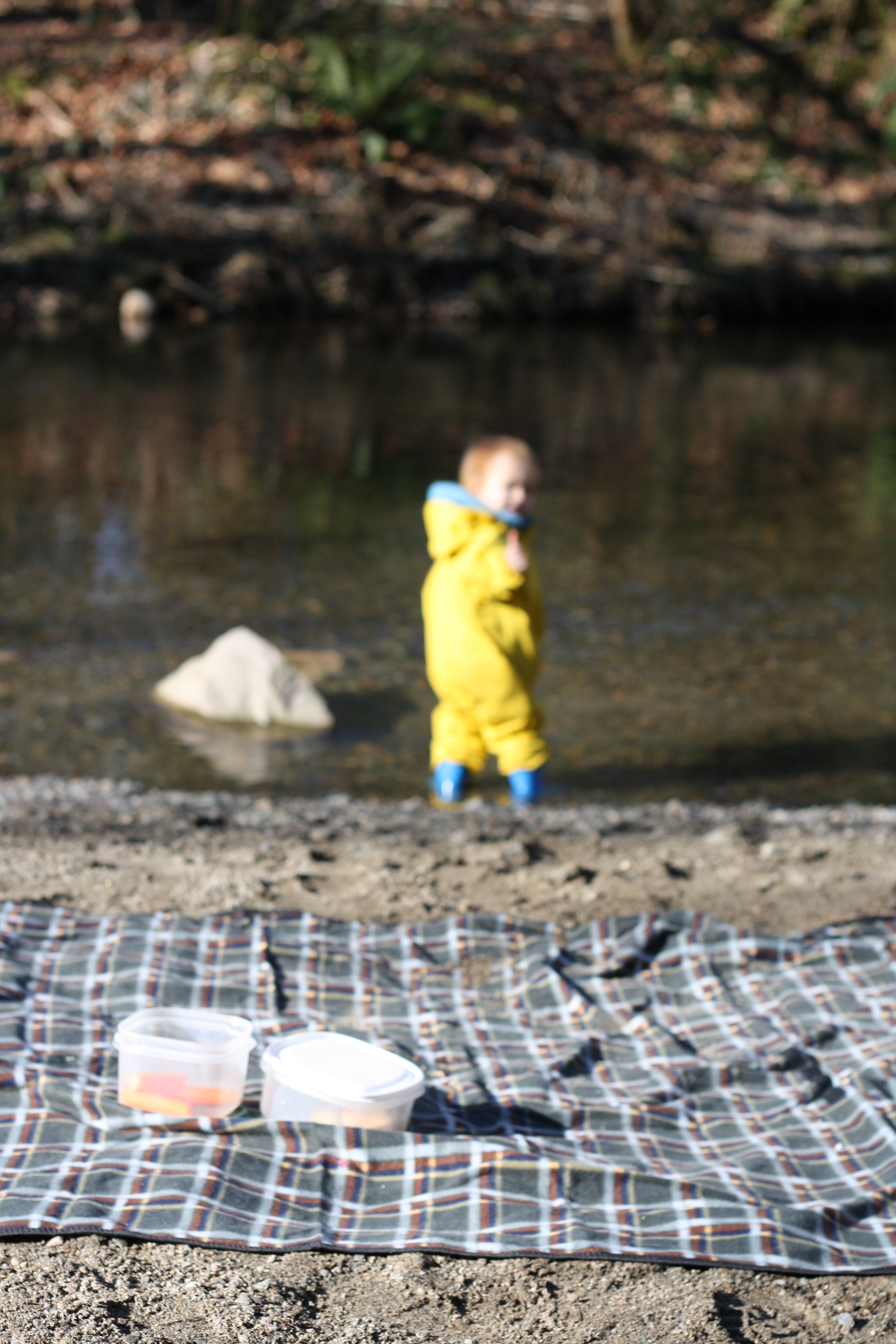
Picnic blankets on a solitary beach.
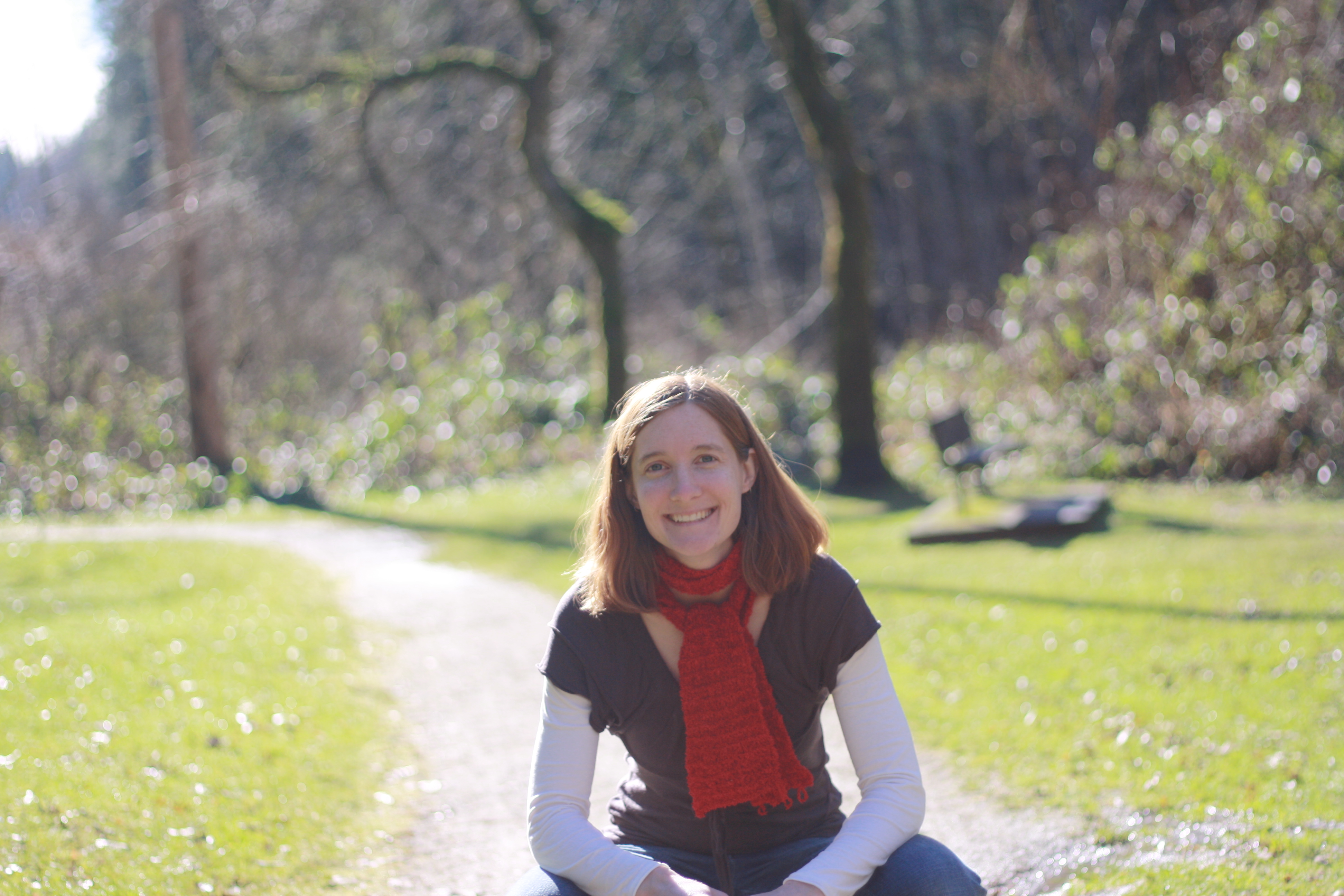
A 4-year-old photographer.
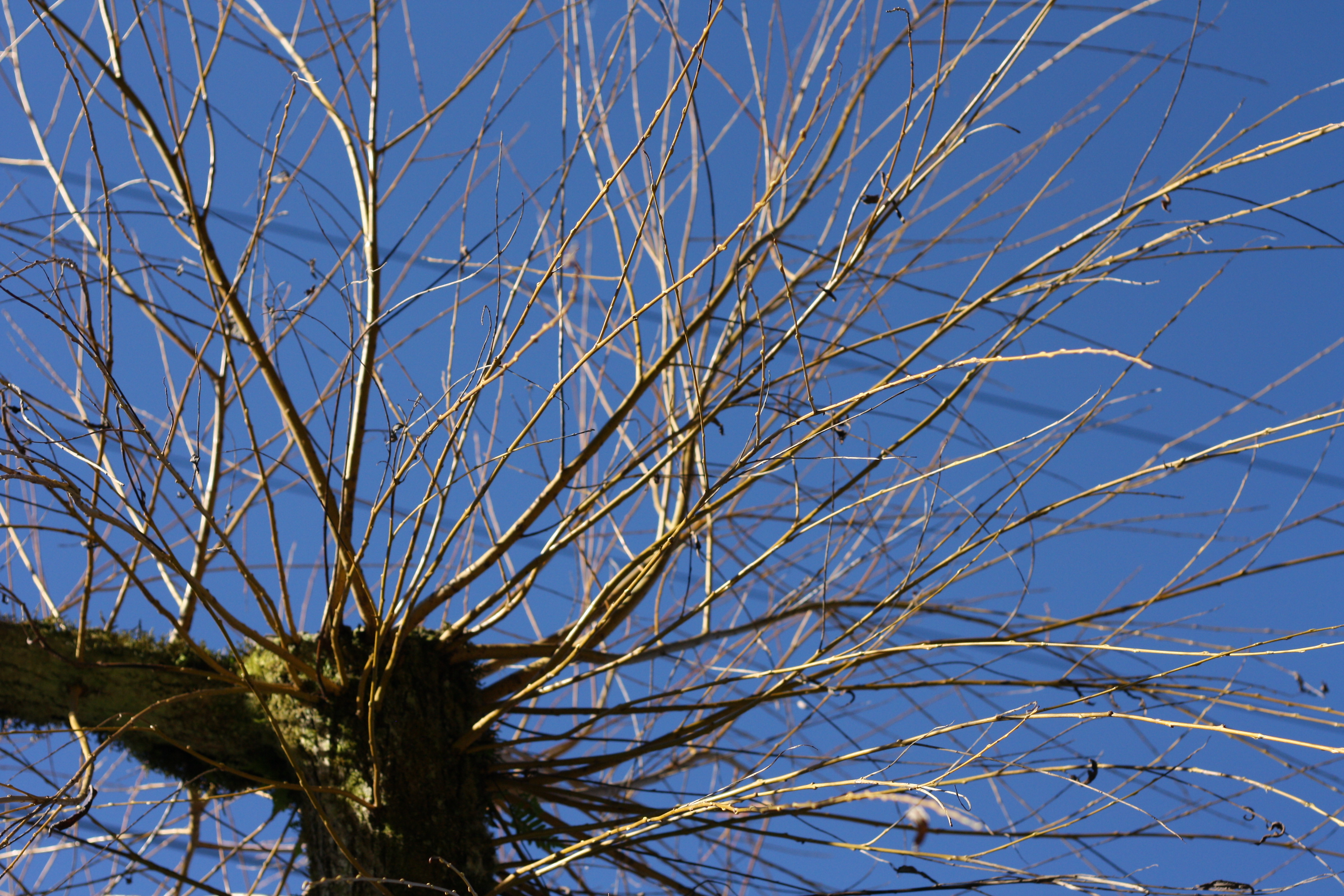
“Lion-head” trees in winter.
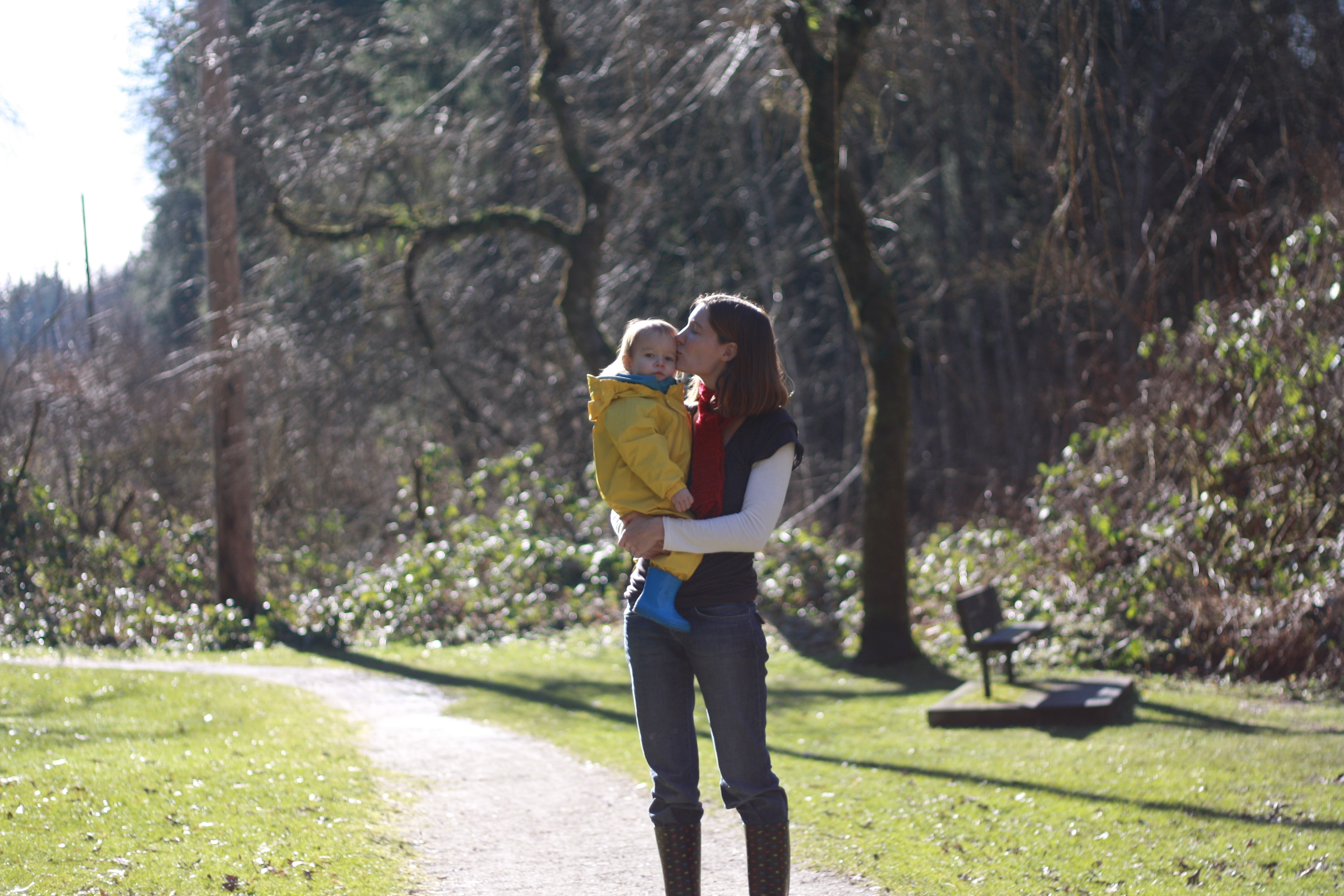
A sun-kissed baby.
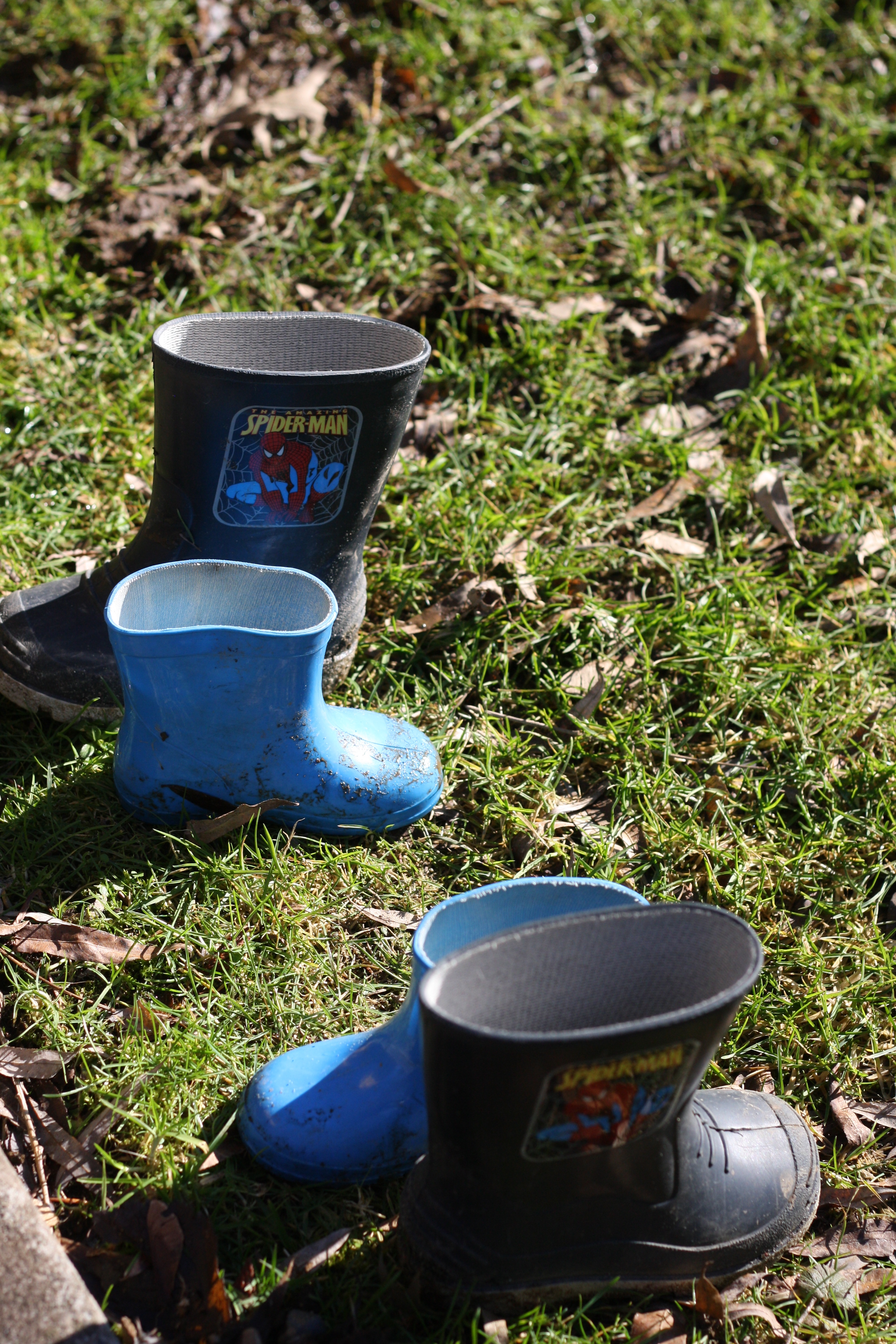
Discarded boots.
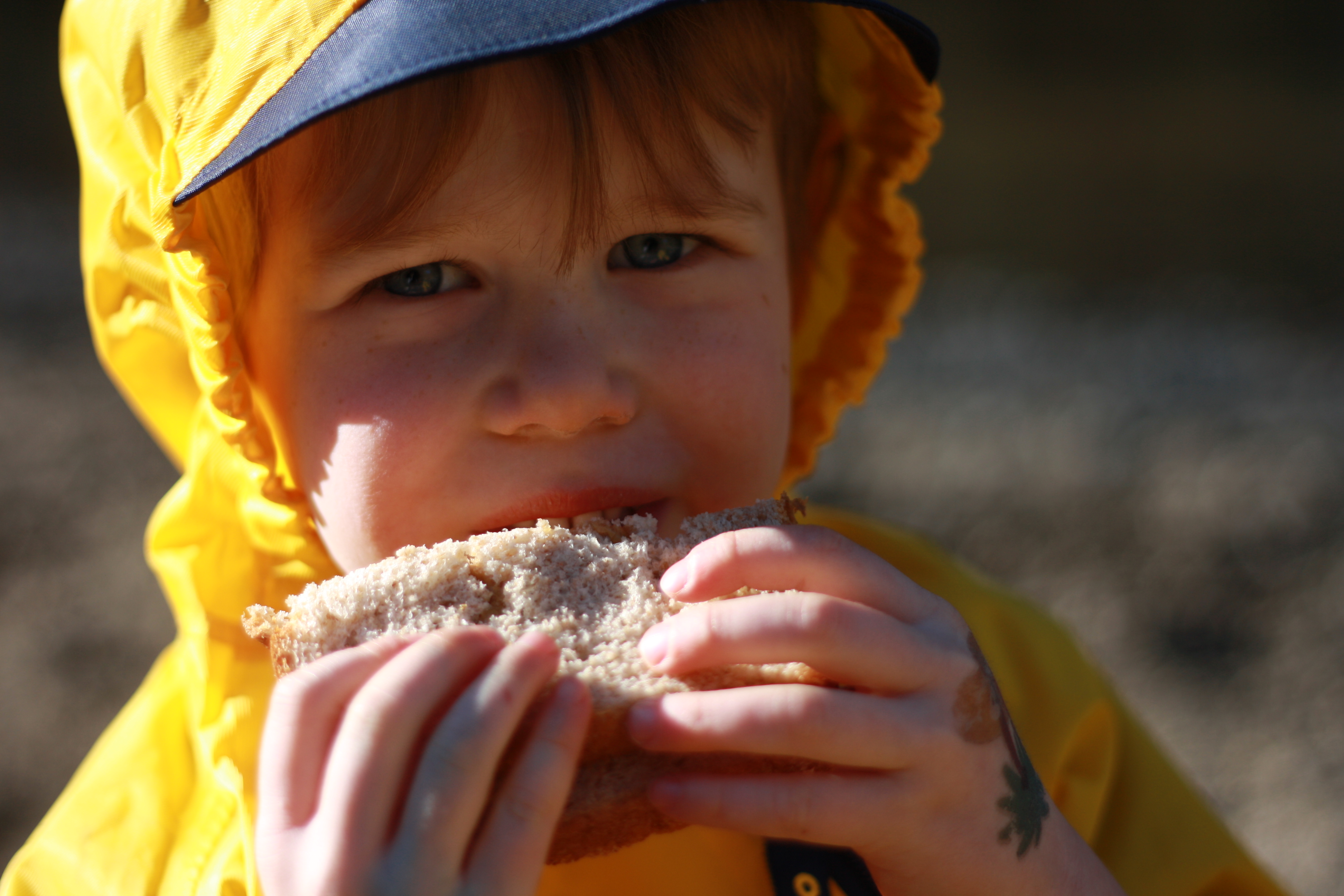
Eyes that look deep.
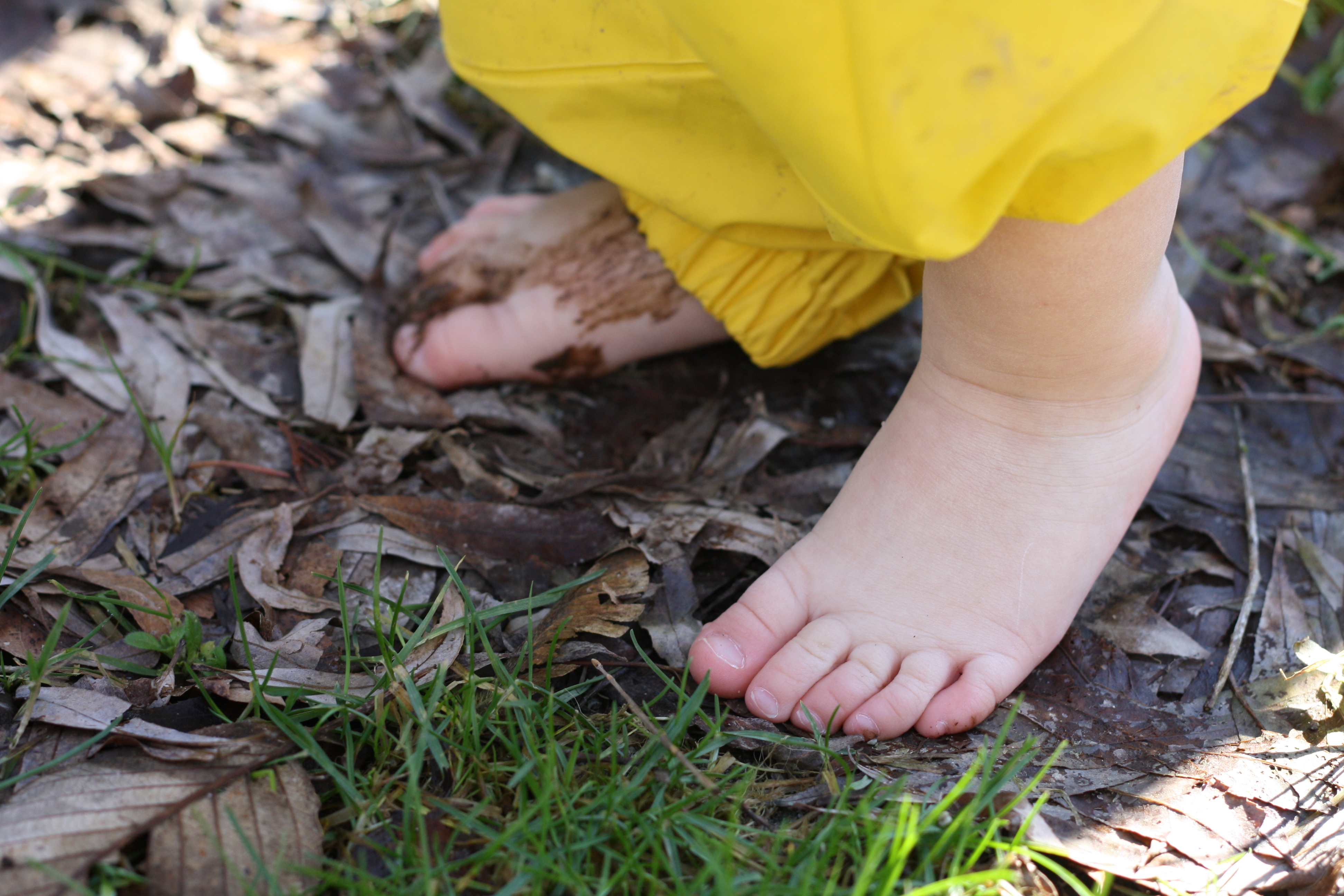
Bare feet in February.
—
What was I lamenting?
I certainly can’t recall.
Blown away in the face of all these blessings.
by supertwigs | Jul 29, 2011 | Education, Goals, Health, Parenting |
I just finished reading a book on Waldorf Education: Beyond the Rainbow Bridge, by Barbara Patterson and Pamela Bradley. I’m still digesting everything (I felt like there were a few too many theories stated as fact), but I did love a lot of it. One of the key tenants of Waldorf Education is the idea of consistent rhythms. That is, that children function better and learn more effectively if they know what to expect from their day / week / year.
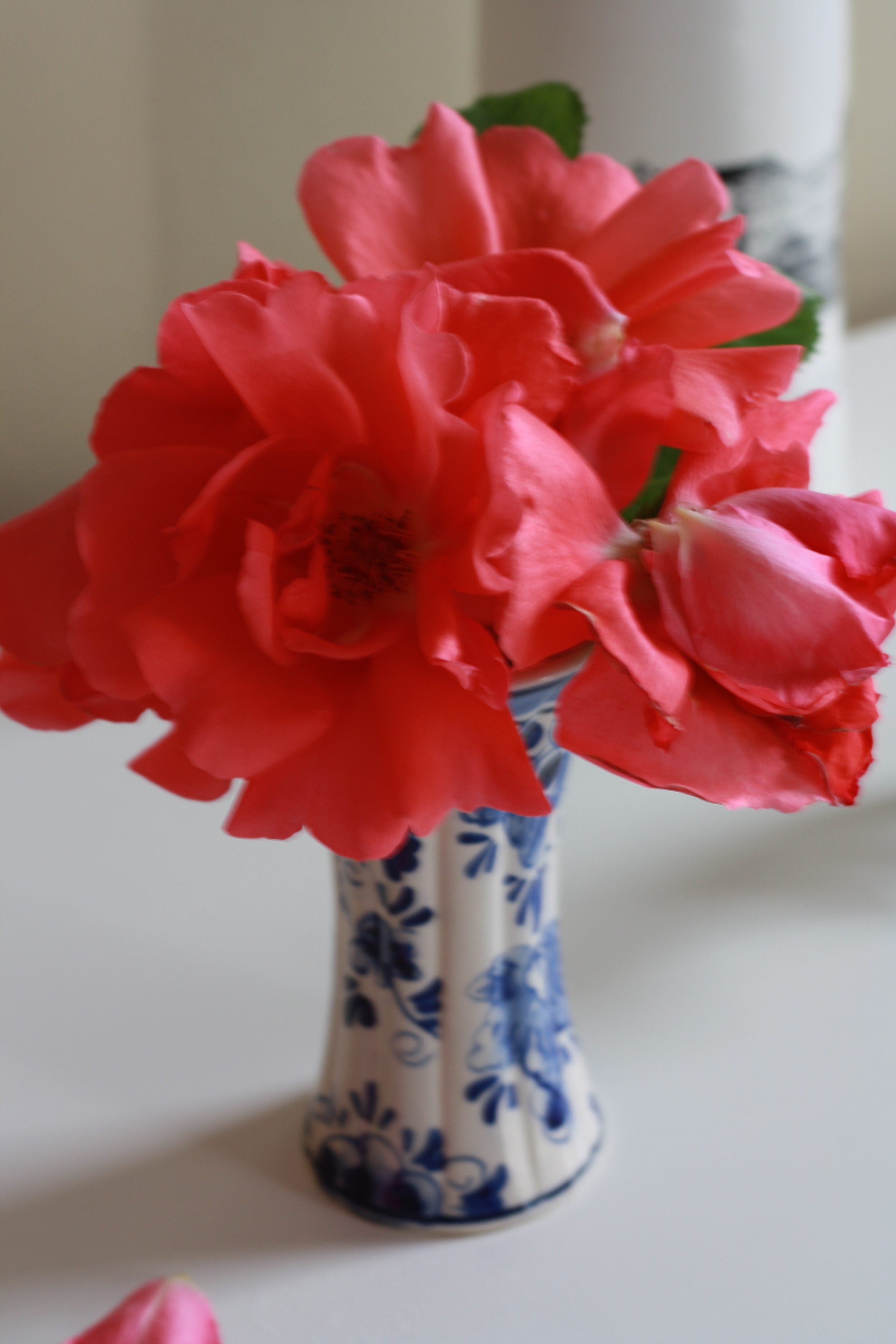 The idea of seasonal rhythms is so wonderfully appealing to me. The seasonal celebrations of things like summer berry picking and beach combing, making pies and hot soup in the fall (not that I ever actually make pies), picking out a Christmas tree (and spending hours making presents every year), planting flowers in the spring.
The idea of seasonal rhythms is so wonderfully appealing to me. The seasonal celebrations of things like summer berry picking and beach combing, making pies and hot soup in the fall (not that I ever actually make pies), picking out a Christmas tree (and spending hours making presents every year), planting flowers in the spring.
But, I have to admit, my daily & weekly rhythms could use improvement. I try not to schedule too many things into our family’s life (trying to leave room for creative, free play and spontaneity). However, after reading Beyond the Rainbow Bridge, I have been inspired to consider my days more deliberately.
In a Waldorf classroom, kids start every day with a story and song time. They spend time free playing, and come together for lunch. They watch their teacher accomplish her tasks, and help as necessity and interest dictate. In a Waldorf-inspired home, families come together to eat meals, have a regular bedtime routine and regular outside play time. Throughout the week, kids learn the days of the week through the weekly rituals and routines that are accomplished.
I think I could learn from this. Perhaps I would be more on top of my housework if I made a regular effort to clean certain days, or at certain times. Perhaps I could regulate my children’s blood sugar levels (and, therefore, moods) by being more deliberate about eating at the same time every day. And by honouring quiet time. Being more deliberate about play time, too. Allowing myself to play with my kids, because I know that some of my work has been done.
I know we have rhythms. Our morning and bedtimes routines are pretty predictable. And they work. I am just wondering what kind of peace I could give myself by becoming more aware of the rhythms of our days, and more specifically, our weeks. Perhaps I’d have more space (both actual time, and clarity of mind) for my own creative goals, too.
Anyone have this nailed down? Brilliant thoughts (or even not so brilliant thoughts) on rhythms in the home – bring them on!
by supertwigs | Jul 13, 2011 | Creativity, Health, Nature |
I have been contemplating simple living a great deal lately (and, specifically, since reading a page from Only Small Things, a lovely blog that I’m a fan of.
Read her take here).
For myself, I have been consciously trying to simplify by getting rid of stuff (related to my pledge to embrace thrift), focusing on experiences (over stuff) and continuing to think about my own values, and the things I really want in my life. And the things I could let go of.
A few of those things:
1. (Gulp) A spotless house.
Although I always envy people with these, and wish I could be one of them (oh how I curse those endless piles that only seem to arise in my house). It turns out I am not. I would just way rather use my space to do creative, messy projects, or use my time to go outside or read a book. So be it. I am still trying to accept this about myself, though, and allow myself to be okay with guests seeing my not-so-spotless house. The age-old pressure on the housewife (not that I would use that term).
2. A big house.
Tying into the above point, I have decided I really don’t want a large house. In fact, the more space I have, the more stuff I accumulate, all of which makes me feel a bit overwhelmed, and a lot ill.
3. A lot of stuff.
Once again, taking notes from the above two points, a lot of stuff isn’t necessary if you don’t have a big house to fill, and is a downright hinderance to a person trying to maintain a tidy home (not spotless, mind you). I used to define myself as a pack rat (not a full-on hoarder, but close). I once took a clutter quiz, and got deemed “red alert” for keeping things like old school work (dating back to kindergarten), and newspaper clippings. Anyways, lately, stuff has made me a bit ill. So, I am purging. In the library world, we would call this “weeding” (and the gardening world as well, I suppose).
I never understood purgers. I always considered myself sentimental, and thought it was heartless to throw out something I was given. I now have a new perspective. And I would like to share it. We have been given so much this year by generous friends and family. If my purging can benefit someone else that way, the gifts I have been given can keep on giving. It doesn’t have to stop at me. So, I have decided to try giving away things I still like, not just stuff I have worn out and done away with (note, this is still hard for me, but it is getting better).
Because, living simply means living with less. It means wanting less, and needing less, and realizing we are actually healthier with less. Not because we can’t afford more, but, because we don’t need or want more. I am trying this idea on for size, and hoping it fits.
Now on to those things I truly value. And enough of all this other stuff.
And, you, purger or saver? Weeder or hoarder? Sentimentalist or downright heartless? Any thoughts on simple living?
by supertwigs | Jul 1, 2011 | Books, Creativity, Education, Environment, Goals, Health, Literature, Nature, Parenting, Photography, Writing |
First off, I am at the conclusion of a wonderful day.
I spent the day with my children, enjoying the Canada Day celebrations in our town (happy birthday, Canada!). For some reason, I felt centred today. Relaxed and able to embrace things like dawdling (and having to carry my 3 year old around), making lunch (actually enjoying the down time of preparing a healthy meal for my family) and having no particular purpose or goals for our time (outside of enjoying ourselves). Me at my best. And (surprise, I know) I got my son at his best this way, too. I can’t really recall, but I’m going to say it was a day without tantrums.
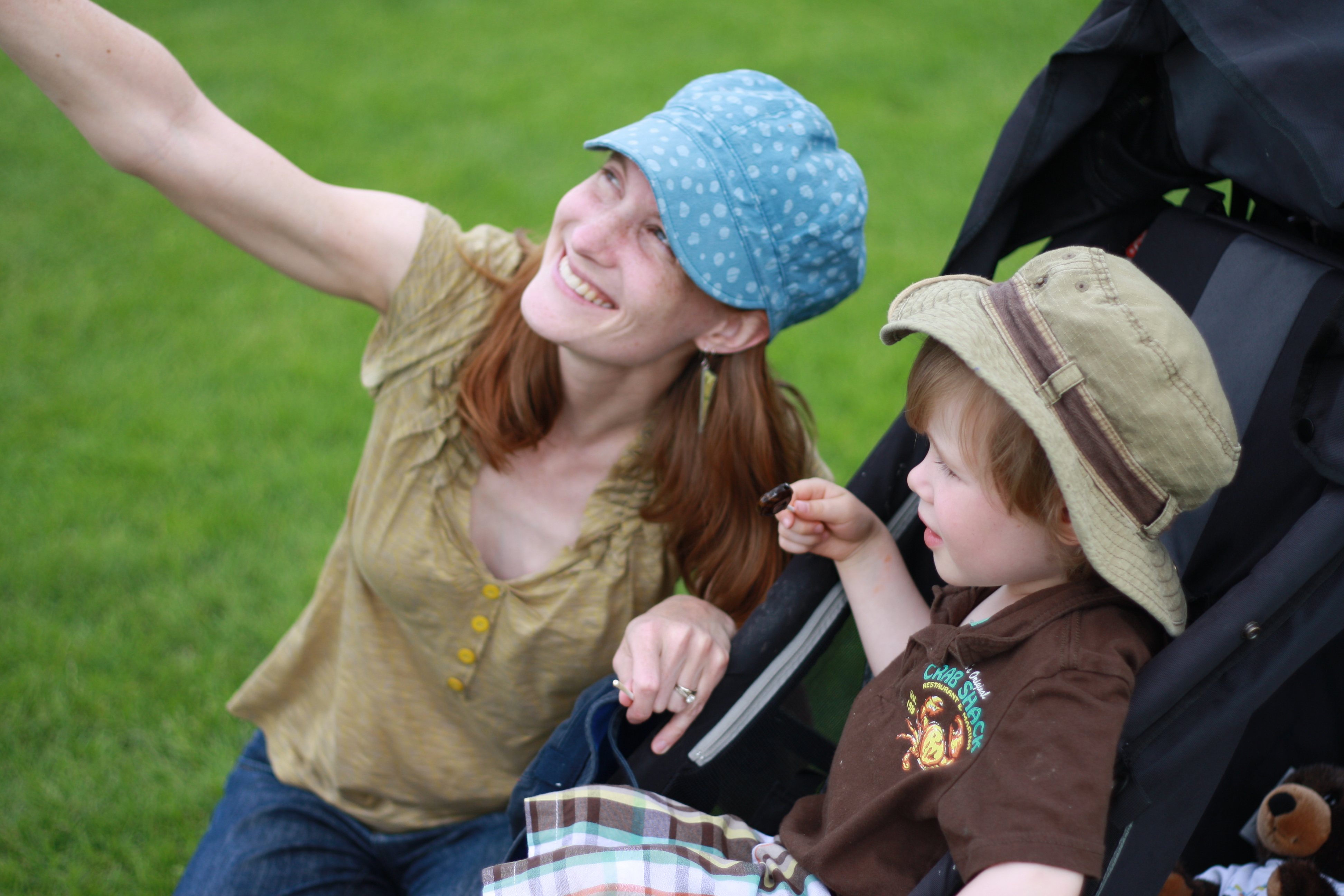
My last post was about re-focusing on my goals. After all, tracking my goals is one of the reasons I started this blog in the first place. So, to follow up, I took a look at the goals I have set for myself since the new year:
1. Create a creative space (a place in my home where I can feel inspired and do good creative work)
2. Daily tea ritual (enjoy a cup of tea, centre myself, and remind myself of what really matters, daily)
3. Carve out an hour a day for myself (most often I seem to use this to blog, or read)
4. Focus more on self-care (to stave off “dead-eyed Mom” syndrome)
5. Write poetry (an ode to my high school self)
6. Contribute to MCP Project 52 (in a effort to practice photography on a weekly basis)
7. Write a novel (in a month)
8. Start (and, presumably, continue) running (Hmm… maybe there’s a loophole here)
9. Write at night (after the kids are in bed – the only sane moment of my blissfully chaotic days)
10. Early to bed, early to rise (okay, I only flirted with this one, but darn if it doesn’t keep rearing it’s ugly head)
11. Write a guide for Canadian homeschoolers (a goal that has grown and morphed, but remains)
12. Chart my journey with the earth (as in, create greener habits, and keep track of my progress)
13. Embrace thrift (buy less, play more!)
14. Become a professional mom (but remain constantly learning)
15. Start a family nature club
16. (I think this is my favourite one) Remember to be constantly amazed!
Which brings me back to (do, re, mi, fa, so, la, ti…)… my wonderful day.
I think I did it today – I remained constantly amazed. I loved watching my kids interact with the world today. I was present, and I so enjoyed their company. For themselves. As distinct and beautiful beings. And, in doing so, I enjoyed myself so much more.
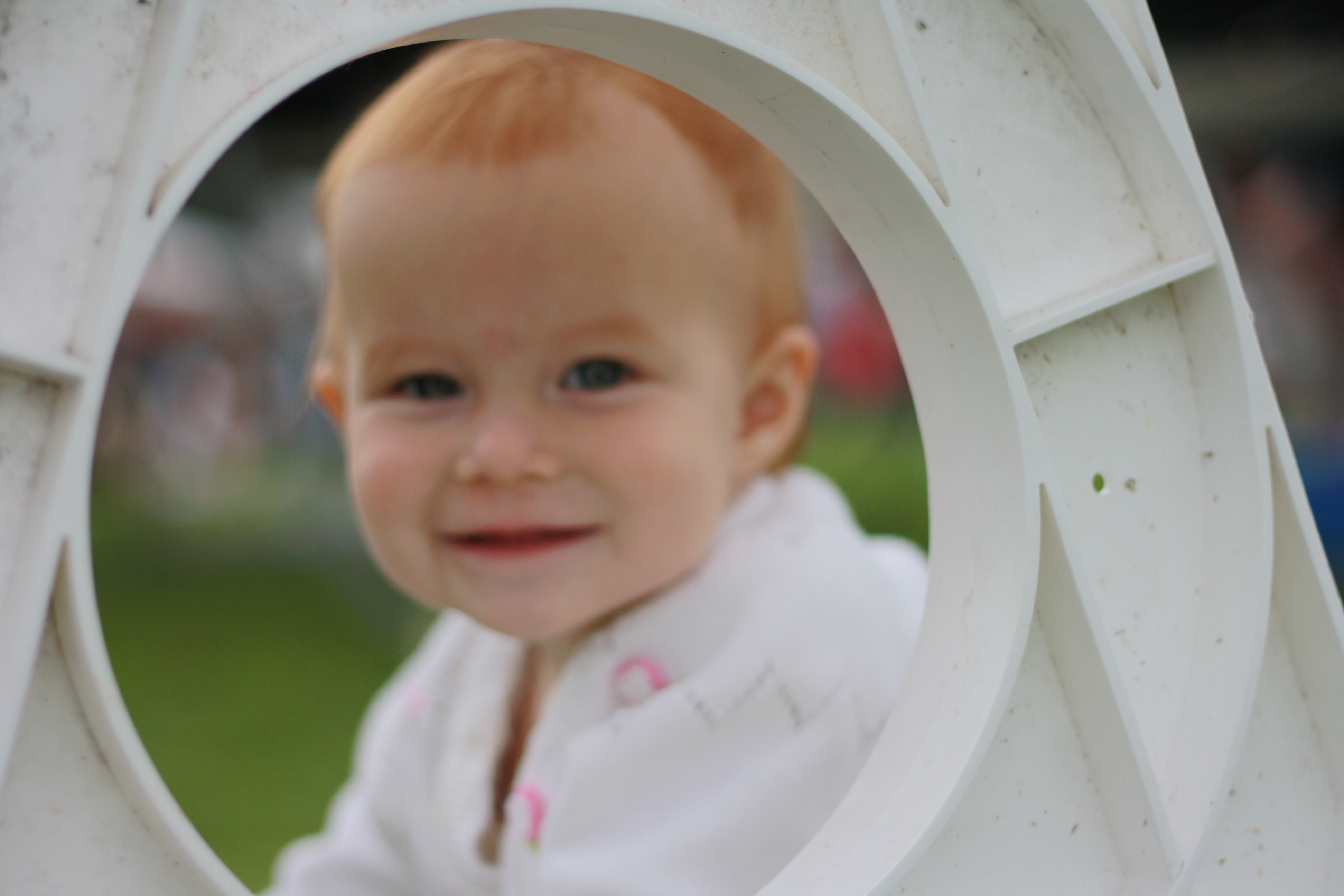
I recall, when starting out on this blog, that I wanted to live a life that followed both whims and passions. Re-reading my goals for the year, I think I have happened upon just that. I have delved into things I had only dabbled into before (nature appreciation, homeschooling, writing, personal health). These whims have morphed into passions, and intersect in the most remarkable ways.
So, for the rest of the year, I will focus on those stated goals and habits I feel compelled to work on. But, I will also remain open to new whims. Because I couldn’t have predicted what life has thrown at me so far this year, and I don’t think I would have wanted to. There has been so much wonder and beauty in the discovery.
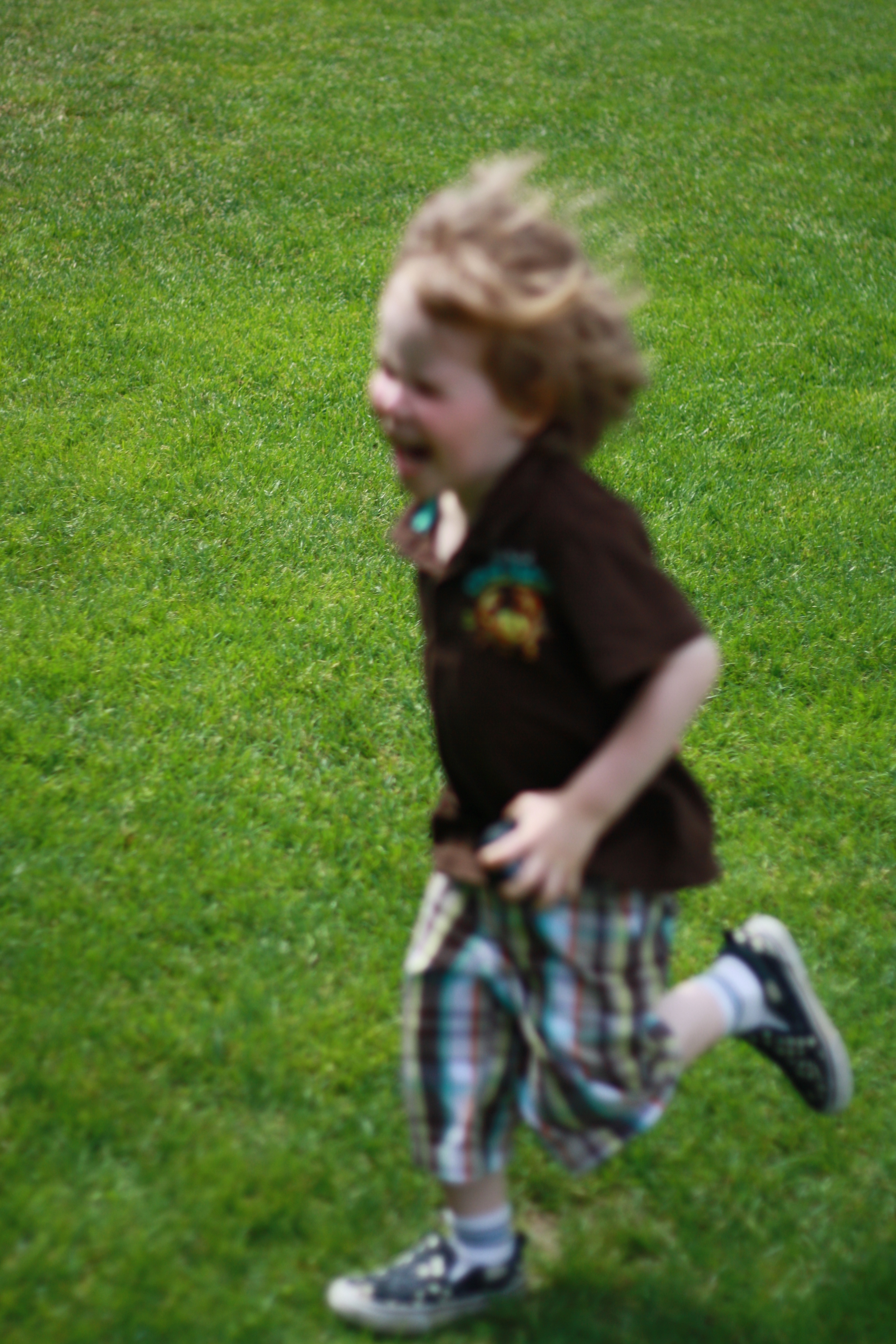
And now for a (short) book recommendation. Read Toot & Puddle: On Top of the World, by Holly Hobbie, and love how the random whims of these two pigs lead them to Nepal. I hope to be so open to life’s adventures – both little and large.
And so. How does goal-setting work for you? Do you have an encouraging story of whims and passions to share?
- Cultivate Your Passions. (happiness-project.com)
by supertwigs | May 25, 2011 | Books, Environment, Health, Nature, Parenting |
Working my way through The Nature Principle I have been struck by thoughts on place. In other posts (here and here), I have blogged about my dissatisfaction with the suburban life I lead. Sometimes I cringe at my surroundings (mainly when I enter “downtown” and the sea of box stores swells up before me). Other times I lament the things that are missing here (adequate public transit, walkable green spaces).
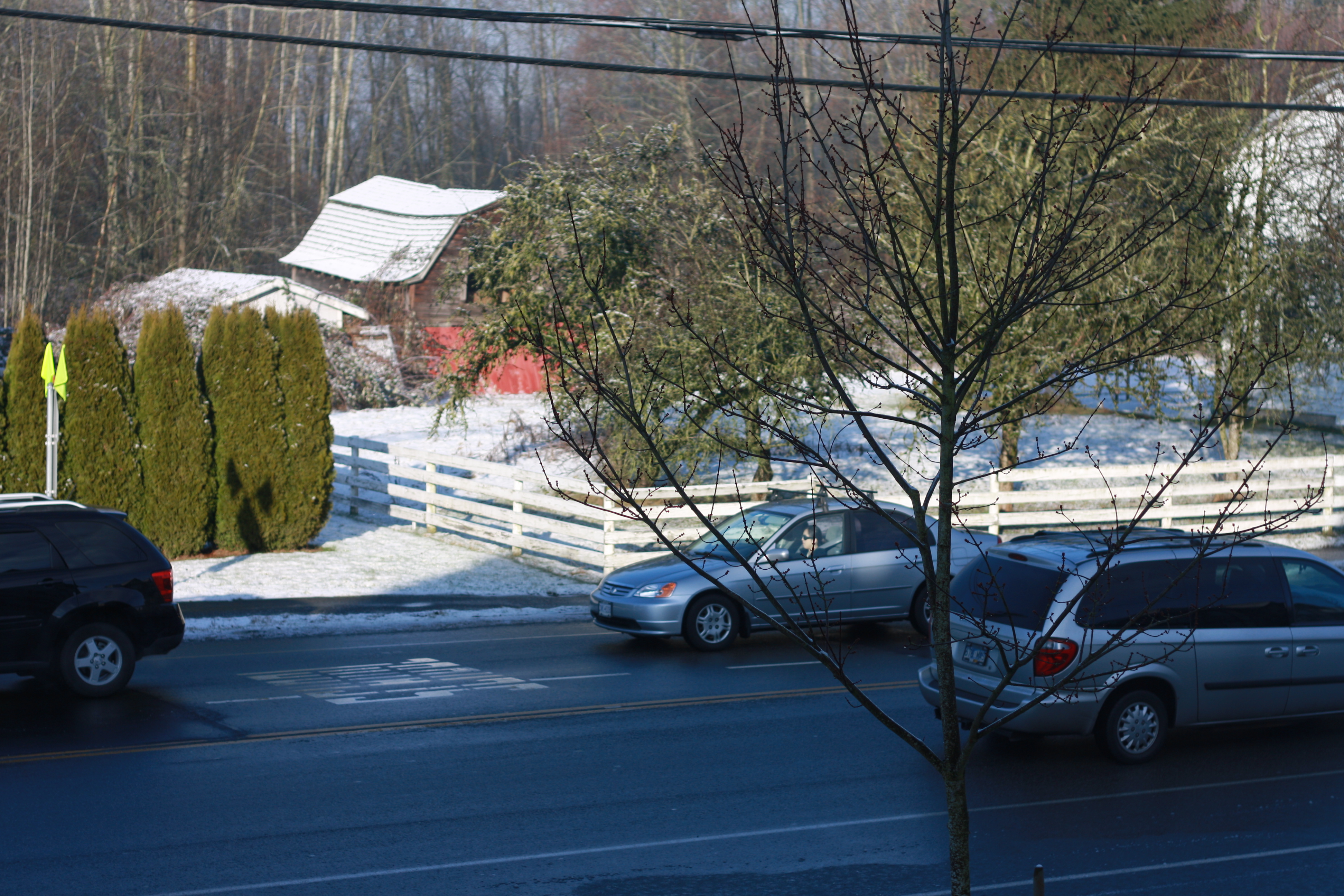
A few days ago, I ran into a family I know who is moving to this town. I caught myself telling them a few of those negatives (I can’t see the ocean, there are not enough trees in our playgrounds…). But, I also realized that I have started to come to terms with my place. Have even started to think of this place as mine. To take some ownership. We have lived here for almost 4 years, and I am just starting to accept it.
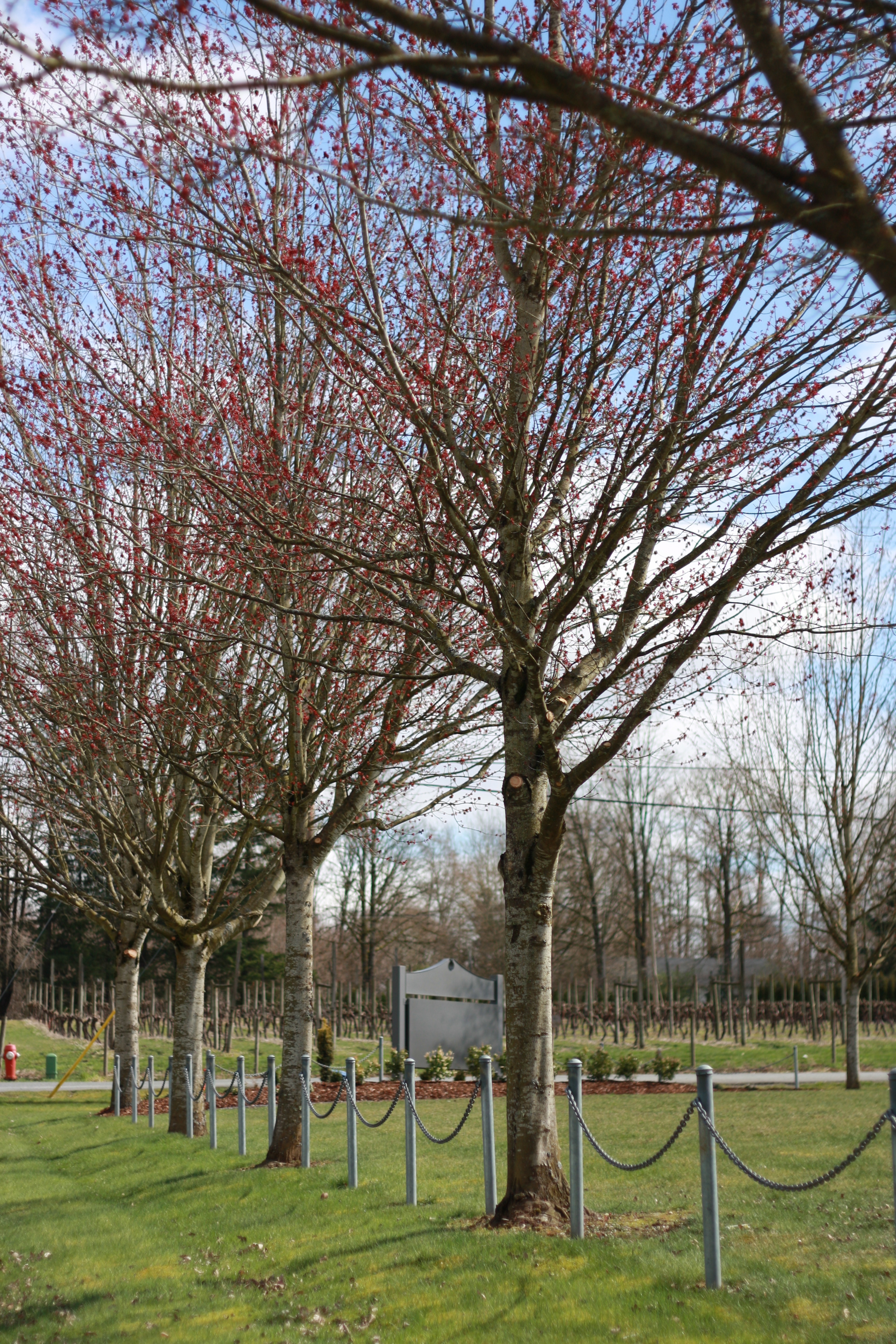
What is my reluctance to this place? I live in Langley, British Columbia. A beautiful suburb of Vancouver, in a unique transition between rural and urban. It is still a place where you can find large areas of farmland, and stands of forest and riverfront. It is also a place that has embraced the box store, and the suburban staples of freshly mown lawns and uniform homes. The town’s slogan should probably be, “a great place to raise kids.” It is complete with community centres, activities galore, and lots and lots of families. Until recently, I thought of it as a place Vancouverites went to die. A compromise. A holding place. Not a home.
Reading The Nature Principle has given me a bit of perspective. The author suggests that people don’t necessarily need to retreat to untouched nature to commune with nature. To find happiness in place. That happiness in place is, perhaps, a combination of acceptance and embracing. Acceptance allows a person to truly see what is before them. The Nature Principle, refers to our natural surroundings, things like native plants and features of the land. I would like to expand this to include community and culture. To see a place is to notice the best things about it.
I have started to do this in Langley. For example, I have started to gain an appreciation for Langley’s farm culture. The beauty of the expansive piece of farmland near our home, with the little bird houses on stakes surrounding it. The fact that the food at our farmer’s market comes from our local farms. Farms I can visit, farms I drive by every day. I have also started to enjoy the niche cultures in Langley. The vibrant horse community. The local arts community. My husband has noticed the friendliness of the families here. How strangers will stop and chat with you. Something we didn’t experience nearly as much in the city.
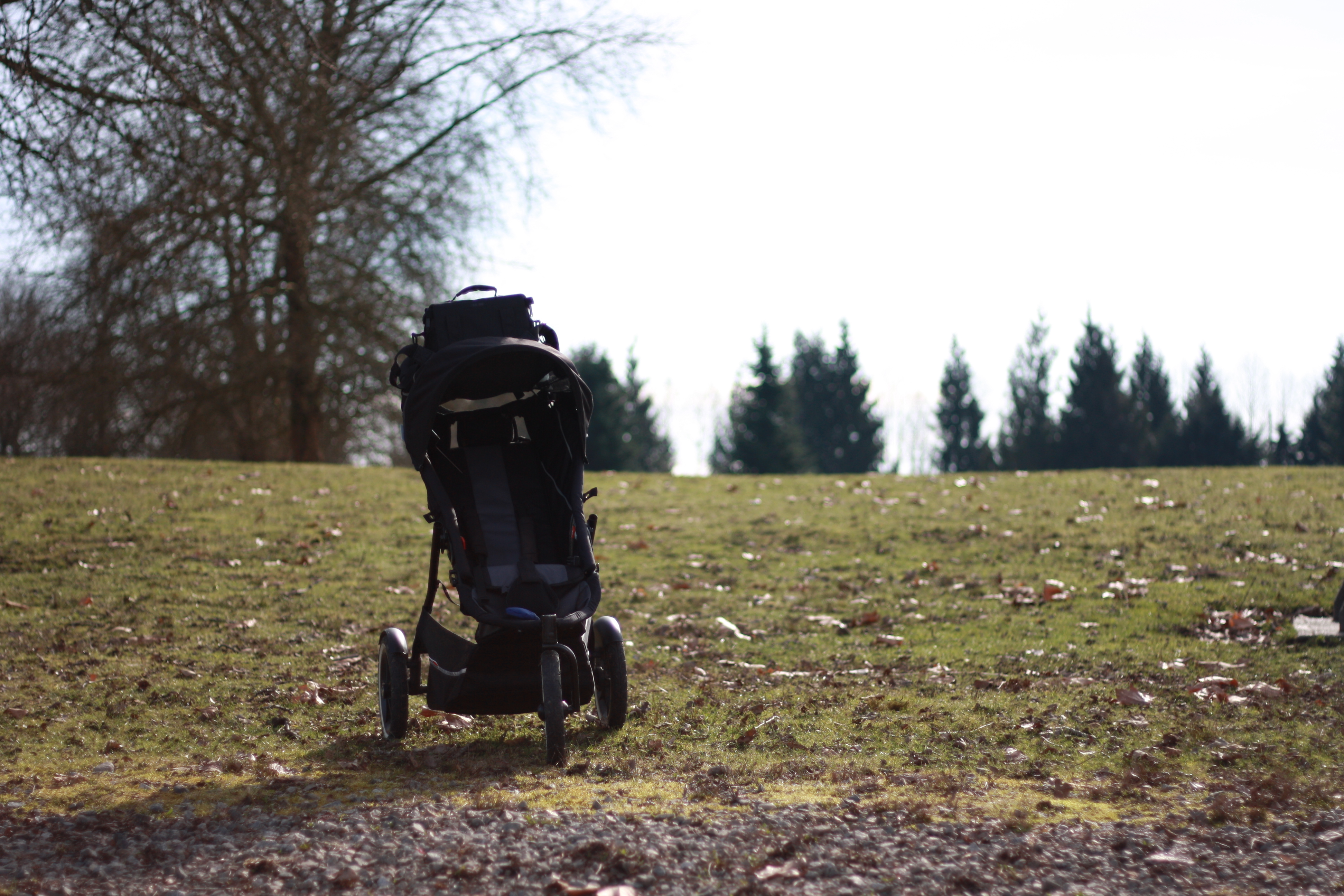
Embrace? I don’t think I have embraced yet. Embracing, I think, involves planting. Growing roots. And becoming involved in change. Devoting oneself to a place, and rather than lamenting its shortcomings, attempting to change them. To love a place as you would a person. Accepting its faults, but loving it just the same. I do not, yet, feel rooted in this place. But, perhaps I am starting to put down tentative feelers.
For one, I am starting to love my social community. The people I know, and the web of community that surrounds me and my children. The fact that we run into people we know wherever we go. The fact that my child can go out into the park in our townhouse complex, and play with all of the neighbourhood kids. The fact that the moms bond out there, too.
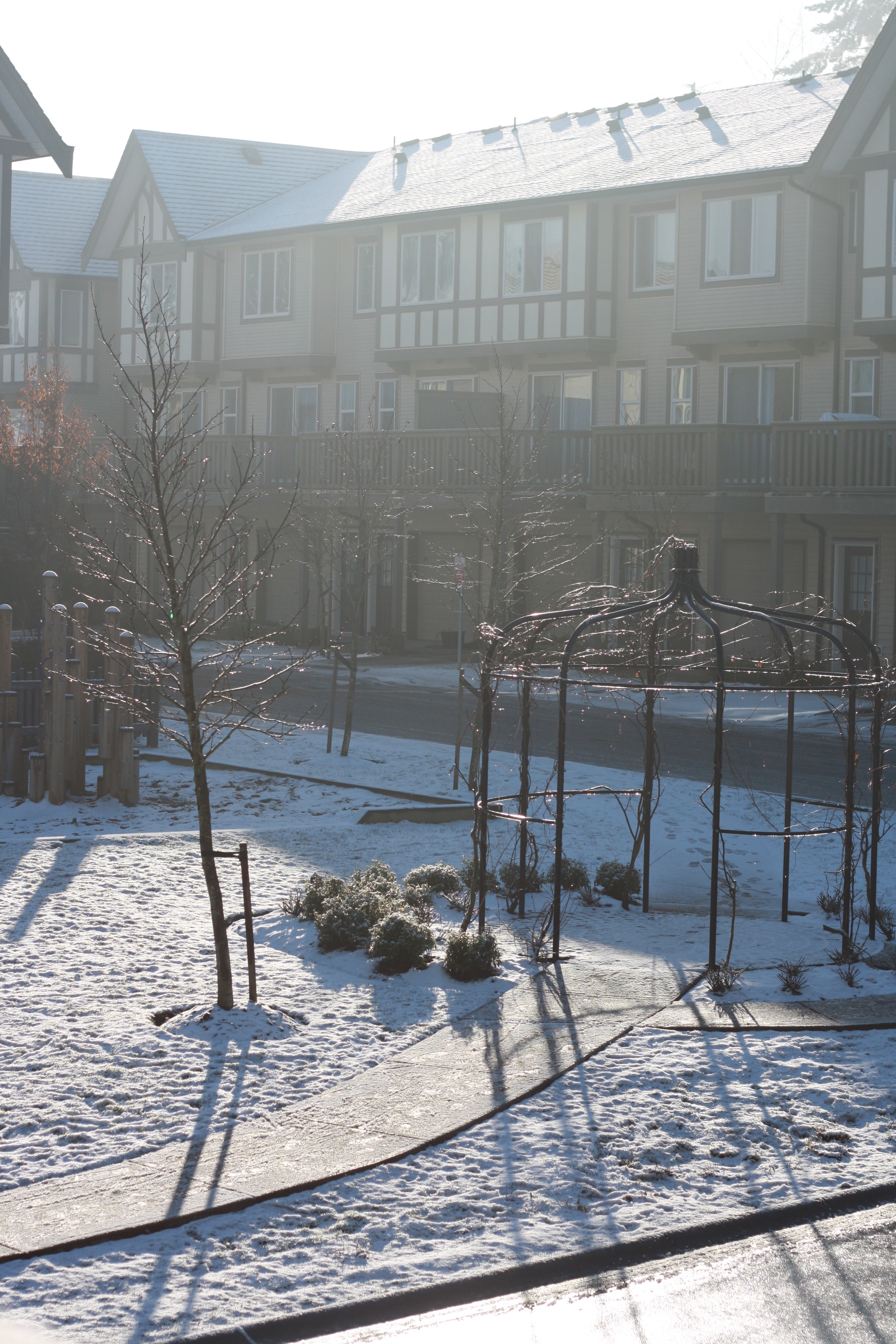
What if I do as The Nature Principle suggests, and start to really notice the natural surroundings, too? What if I start to bond with them in the same way? Would I find myself growing roots, by studying the plants in this area? By familiarizing myself with the ecosystem that surrounds me? Would I stop lamenting the lack of planning that goes into new parks, and start actively trying to change that?
The Nature Principle talks about finding your “it.” The place that fills your heart and soul. That just feels right. I don’t know if Langley is my “it.” Right now, I’d have to say, no. But, maybe, just maybe, this is a matter of simply deciding to say, yes?
These are all questions I ask myself, as I wonder, when will I, if ever, begin to truly call this place home?
And you? How do you bond with place? And how long do you think it takes to fall in love with a new community?
by supertwigs | May 22, 2011 | Health, Parenting, Photography |
My baby turns one tomorrow! I admit, I am still in shock. Maybe even denial. She has an older brother. With him, I anticipated every little stage and growth. Now, I am getting smarter. They are all over so fast. So, please, not so fast! I’m not ready for her to grow up. I just feels so unreal. How could a year have gone by?
Yet, looking forward to the second year of her life – complete with language acquisition, walking skills, and a mouthful of teeth – I prepare for her birthday tomorrow.
The question is, should it contain cake?
My personal feeling on the matter has always been that no one-year-old needs cake. Especially one that has been eating healthy, organic foods from day one. Fruits and veggies, meats, whole grains. Little or no sugar. And, of course, 90% breast milk (illustrative, not conclusive, statistic, but you get the idea).
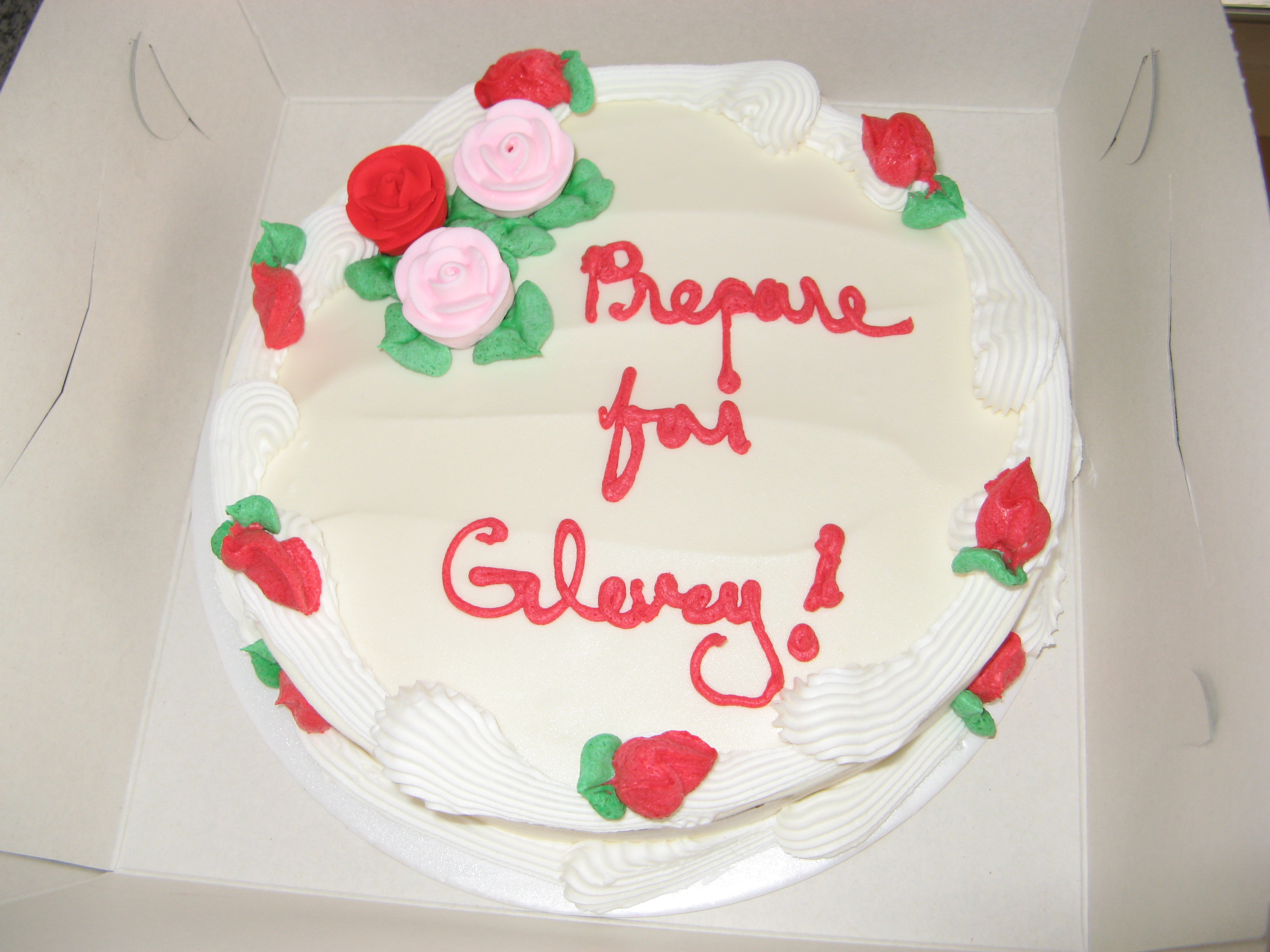
Four Cake-Eating Philosophies Disputed:
1. The “poor child” philosophy.
My child may be poor, but don’t feel sorry for her because she isn’t eating cake. She doesn’t know what she is missing. (I’m not against fun, or sweets, per se. I love sweets. Which is why I know that she will know what she is missing soon enough. Why force the inevitable?)
2. The “photo opportunity” philosophy.
Why do people feel they need a photo of a person eating cake/blowing out candles to commemorate a birth? I am guilty of this. It just seems necessary on a birthday. Now, stop and think about it: how many “good” photos do you have of a person eating cake/blowing out candles on their birthday? Because all of the ones I have collected over the years are subpar. Pretty lame in the realm of photography.
Plus, they haven’t created any real memories (“Remember the time Sylvie ate that piece of cake?” “Yeah! That was awesome!” “Good times…”).
I herby suggest to myself and others, to commemorate future birthdays with a better photo, and a better memory.
3. The “one piece won’t hurt” philosophy.
Of course not. I can only counter this with, “why?” Why the piece to begin with? She’s a baby. I don’t believe cake on your birthday will cause longterm health effects, nor am I concerned about obesity in my one-year-old. Still, healthy choices just seem easier, especially when she’s too young to fight, whine, or cry over it.
4. The “normal” philosophy.
There are two reasons, I think, many people give their one-year-olds birthday cake. One: it’s the norm. Everyone does it, and many people simply don’t consider not doing it. Two: for the guests. I would suggest that birthday cake is more for the people watching (“look at them eating cake, isn’t that cute?”) than the child.
Sure, the kid likes sweets (although not always). But, I’m quite sure parents/grandparents/friends get more of a kick out of the eating than they do. Is that really a good reason to do it?
You be the judge. Maybe I’m lame on this one. Like I said, I love sweets (although I don’t actually love cake all that much), so I understand the draw. But, I have also seen my (older) child on sweets. And, let me tell you, it makes the day easier on everyone if we limit the sugar overload. Yikes.
So, does my one-year old need cake? No. (I think you’d all agree).
But, should she have it anyway?
And, while you’re at it: What other rituals/traditions/photo-ops do you use to celebrate birthdays?

















 Hi! I’m Kelly Woods, writer, mother & librarian. I write about beauty, creativity, green living and lifestyle design to help others live a life of inspiration, too.
Hi! I’m Kelly Woods, writer, mother & librarian. I write about beauty, creativity, green living and lifestyle design to help others live a life of inspiration, too.